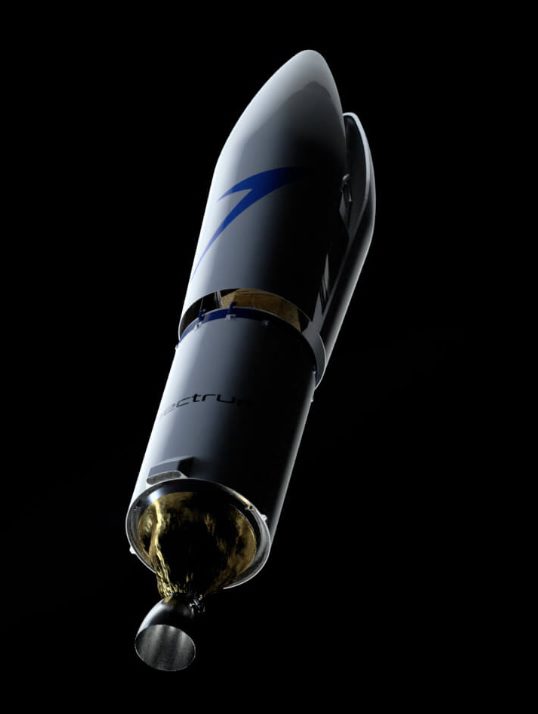European launch service company Isar Aerospace and US-based Spaceflight, which offers rides to orbit for satellites, have announced a multi-launch services agreement using Isar Aerospace launch vehicles. Under the agreement, Spaceflight secured one dedicated Spectrum rocket launch in 2026 to a sun-synchronous orbit taking off from Andøya, Norway, and an option to add a dedicated launch to occur in 2025.
Impulse Space will launch its spacecraft delivery spacecraft LEO Express 1 along with a client spacecraft in Q4 2024 on the planned SpaceX Falcon 9 Transporter 9 flight. The LEO Express 1 uses a new Mira bus design.
Raytheon Intelligence and Space, which is building a new Medium Earth Orbit (MEO) ballistic and hypersonic missile detection and tracking satellite system to back up the US Space Force’s geostationary and low Earth orbit sensors, has ordered the Lockheed Martin LM400 bus to carry its infra-red sensor system. Raytheon was selected by the US Space Force to produce one design while Millennium Space Systems was charged with building another for a planned MEO constellation. Late in January, Lockheed Martin announced that it would fly a LM400 on two demonstration missions. The first would fly in 2023 with a Lockheed Martin narrowband communications electronically steered array payload. A second would fly in 2024 with synthetic aperture radar (SAR) payload.
Another bus order was made by Advanced Space to General Atomics Electromagnetic Systems after Advanced Space won a US$72 million order to build a space situational awareness spacecraft, dubbed Oracle, for the US Air Force Research Laboratory (AFRL). This will be launched in 2025 using a bus based on the ESPA ring and will go to the cis-lunar deep space environment including the Earth-Moon L1 Langrangian position.
Late Orders: Stealthy Space situational awareness Naucrates satellite to be designed by Euro consortium while Xplore plans to launch first sat
A consortium including AAC Hyperion – a subsidiary of AAC Clyde Space – has been selected by the European Defence Fund to develop a sub-100 kg satellite to be placed in geostationary Earth orbit (GEO) for space situational awareness. ACC Hyperion will contribute components for the ADCS (Attitude Determination and Control System) sub-system.
The satellite, named Naucrates, is not to be trackable by ground radar, optical telescope or radio telescope. It is set to be the first European GEO satellite for Space Situational Awareness (SSA) in GEO. The satellite will be positioned in a stable orbit outside the GEO belt so as not to disturb other satellites or transmissions, but will have the capability to approach other objects in GEO to take centimetre-level resolution images. It will host an optical telescope using special infrared for images transmission to minimise eavesdropping possibilities. The satellite is expected to be delivered in 2026.
A launch order came from the US firm Xplore which announced that it will will launch its first remote-sensing Xcraft satellite on a SpaceX Falcon 9 rideshare mission. The US National Oceanic and Atmospheric Administration (NOAA) granted a licence for the firm to conduct 2 m and 5 m resolution hyperspectral imaging and sensing of its nearby space environment.








